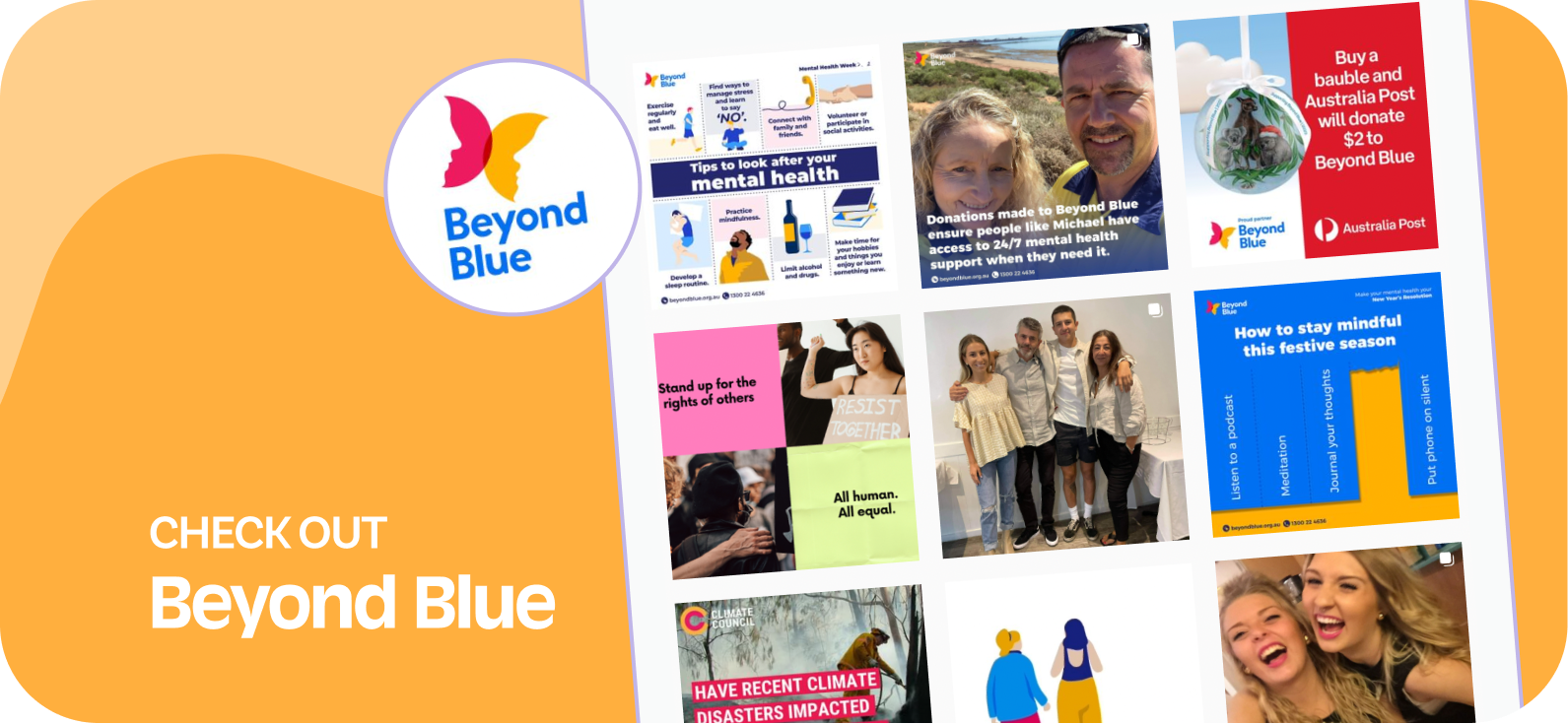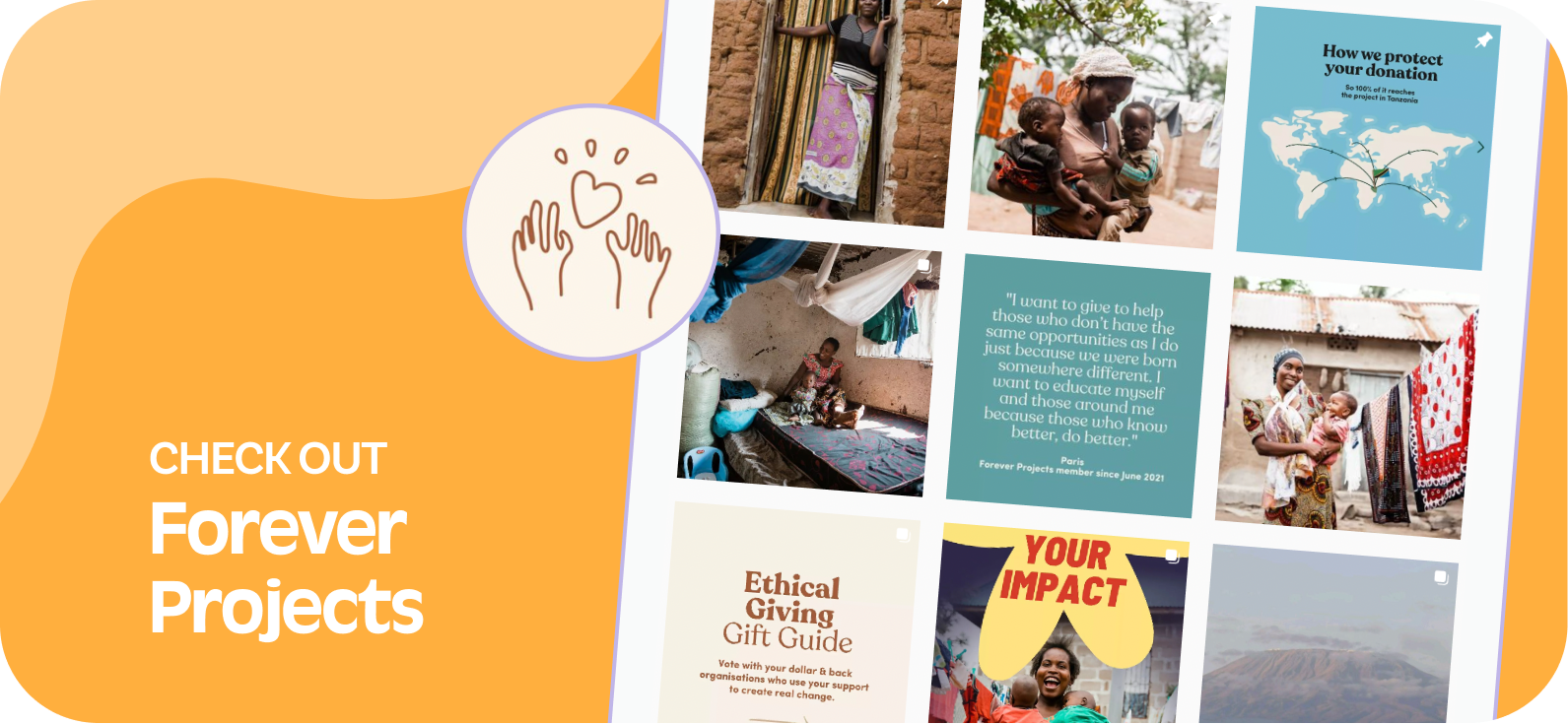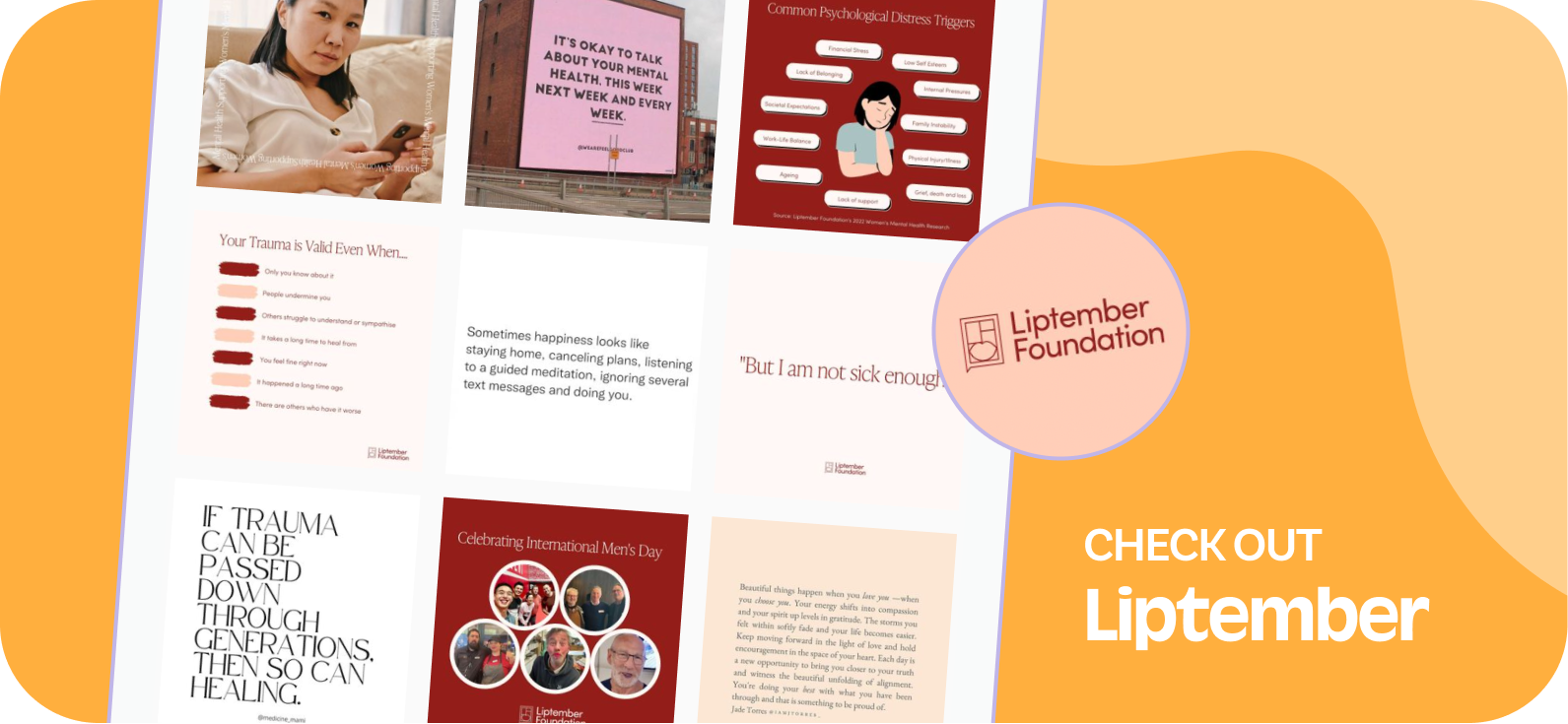
Your nonprofit’s social media strategy is a key part of fundraising. Learn what platforms to use, how to analyse the data, and more.
If you’re a nonprofit organisation, here’s a stat that should be on your radar: 29% of people say social media is the most effective communication tool that inspires giving.
Creating a nonprofit social media strategy isn’t easy, and perfecting one can feel impossible. But that’s also part of the fun. Nonprofits that use social media tools effectively can enjoy the many benefits these platforms offer. According to the Empower Agency:
- 55% of followers who interact with nonprofit organisations on social media platforms take action. Of those:
- 59% of them donate and 53% volunteer.
- 40% purchase products that benefit a cause
- 43% are inspired to attend fundraising events because of social media
Here’s how to tap into those prospects and optimise the impact of your nonprofit’s social media strategy.
What Social Media Channels Should You Be Using?
LinkedIn, Facebook, Snapchat, TikTok … where does your target audience hang out? What types of content do they like? Do they watch Instagram stories? Do they tweet? Will they click on an infographic?
Luckily, getting the answers to these questions is as easy as creating a social media post. All you have to do is ask your current donors where they are and what social media content they enjoy. You should ask even if you think you know, because their answers will influence your content calendar later.
To help your social media management, here are a few facts about each of the main social networks:
- Facebook: The News Feed is notorious for suppressing business posts, but ads and Facebook Live still get peoples’ attention.
- LinkedIn: If your social media campaign involves finding organisations to partner with you and raise awareness, LinkedIn is where you should be.
- Instagram: 58% of Millennials and 67% of Gen Z use Instagram daily.
- TikTok: TikTok is the fastest-growing app worldwide, and the average user session is almost 11 minutes.
- WhatsApp: SMS texts have an open rate of 98%, and WhatsApp lets you send them for free. If sending texts is part of your social media marketing strategy, WhatsApp could be your secret weapon!
- Twitter: When building brand awareness, Twitter can be a gold mine. With the right hashtag and some clever tweets and retweets, you can go viral overnight.
- YouTube: YouTube has a strong audience across all age demographics, and 81% of all U.S. adults use it.
- Pinterest: Nonprofit organisations with stunning visual content and a strong female audience thrive on Pinterest.
- Snapchat: Snapchat is perfect for behind-the-scenes videos and influencer takeovers.
What Is the Goal of Your Nonprofit Social Media Strategy?
Before you jump into your marketing efforts, identify your social media goals and what metrics you’ll be using. Are you measuring your engagement rate? Your reach? Cost-per-click?
Create SMART goals to determine which metrics are most relevant to your fundraising campaign. The acronym SMART stands for:
- Specific: What is the goal you want to achieve?
- Measurable: What data will you analyse to track your progress?
- Achievable: Is your goal realistic, and do you have the resources and capabilities to achieve it?
- Relevant: Why does this goal matter? How does it fit into your big picture?
- Time-bound: When do you need to achieve your goal?
The more specific you are, the better.
“We want more likes on our posts” is not a SMART goal.
“For the month of December, we’re posting one short video every day on our Facebook page with the goal of getting an average of 25% more shares per post,” is a SMART goal.
Analyse Your Data
You can pretty much track anything via social media. Here are some of the most popular metrics to consider:
- Reach: How many people are seeing your content? Monitor your reach for every post, story, and video, as well as your average overall reach.
- Growth rate: How many new followers have you acquired in a specific amount of time?
- Impressions: How many times has your content been seen? Keep in mind, people can view your content more than once.
- Engagement rate: How many reactions, comments, and shares is your content getting? You can compare that to the number of followers you have, reach, impressions, or another metric of your choosing.
- Referral traffic: How much traffic are your social media accounts sending to your nonprofit’s website? Are your followers just “liking” the link, or are they clicking it? urchin tracking modules (UTMs) help you identify referral traffic by adding tags to a URL.
- Click-through rate (CTR): How often are people clicking on the link in your post to access additional content? You can measure your CTR by dividing the total clicks by the total number of impressions. To get a CTR percentage, multiply that number by 100. For example: (20 total clicks / 100 total impressions) x 100 = 20% CTR.
- Conversion rate: How often does your social content begin the process of getting someone to subscribe, download, or donate something? You can measure your conversion rate the same way you measure your CTR.
- Cost-per-click (CPC): If you’re using ads, you’ll definitely want to measure CPC. CPC is the amount you pay for each individual click on a social media ad. With Raisely, you can integrate with Facebook Pixel to optimise and track your ad campaigns.
What Types of Posts Should You Create?
Think about the value you’re providing for each post. What are you posting? What do you want your followers to get out of it and what should they do next?
Boost your social media presence by playing around with a variety of different post types:
- Video: 82% of internet traffic comes from video streaming or video downloads, and the worldwide daily average for video consumption is 84 minutes. It should definitely be a part of your digital marketing repertoire.
- Infographics: 67% of B2B marketers use infographics now, making them the fourth most-used content marketing type.
- Ads: When creating social ads, make them conversational, easy to read, and have a clear call-to-action.
In addition to visuals, engage your audience by telling or sharing a story. Talking about your cause or people you’ve helped during previous fundraising campaigns captures readers’ attention and builds trust.
Make sure you’re posting a good mix of videos, images, and stories. Also, never underestimate the power of personalisation. Here are a few Instagram accounts that are kicking butt with personalisation:
- Beyond Blue equips people with "the knowledge and skills to achieve their best possible mental health,” and routinely posts helpful self-care tips.

- Forever Projects helps "women “break the cycle of poverty and create a self-sustaining future.” You can follow several individual stories of the women they’ve helped.

- Liptember is the “trusted source & respected leader in women’s mental health.” Their posts cover many topics, including World Mental Health Day, fundraising success stories, and community awareness.

Creating a Social Media Calendar
Now that you know what to post, it’s time to create a content calendar! According to the Nonprofit Marketing Guide, here’s how often you should post on major platforms:
- Facebook: 1-2 times a day
- LinkedIn: 1-5 times a day
- Instagram: 2-3 times a week; stories can be more frequent
- TikTok: 1-2 times a day
- Twitter: 1-5 times a day
- YouTube: at least one video a week
Sounds daunting? Don’t worry!
Not everything you’re posting is user-generated content (content you’re creating yourself) specifically for social media. Share content from other sources, and include excerpts and images from newsletters, blog posts, etc.
Also, you can streamline your calendar organisation by using a social media content calendar tool.
Engage With Your Followers
No nonprofit social media strategy is successful without engagement. It’s called social media for a reason! Be active online. Respond to comments from followers on your posts and answer any questions they may have.
Also, share insights from your followers and take their suggestions to heart. If someone mentions that they would love to see more information about a specific topic, give them that information. Better yet, create another post about it! If they’re asking, odds are that others are curious too.
Most importantly — thank them! Even if their input isn’t groundbreaking, a little kindness and recognition goes a long way.
How Raisely Can Boost Your Nonprofit Social Media Strategy
With Raisely’s all-in-one fundraising platform, we’ve made planning your nonprofit social media strategy easy. You can amplify your peer-to-peer campaign by seamlessly duplicating your supporters’ Facebook fundraising pages, send personalised messages with our built-in CRM, customise our many templates with your branding, and so much more!
Are you ready to create your next social media campaign? Talk to one of our fundraising experts today!
